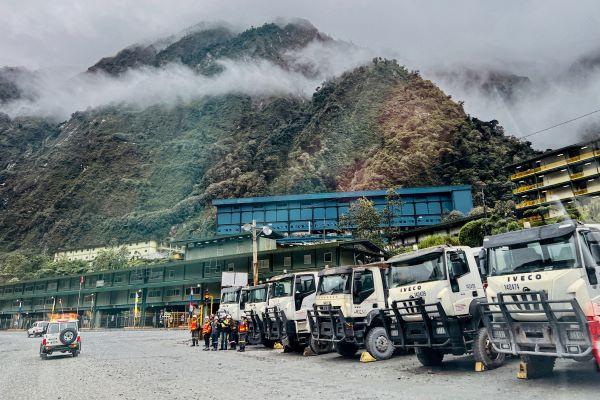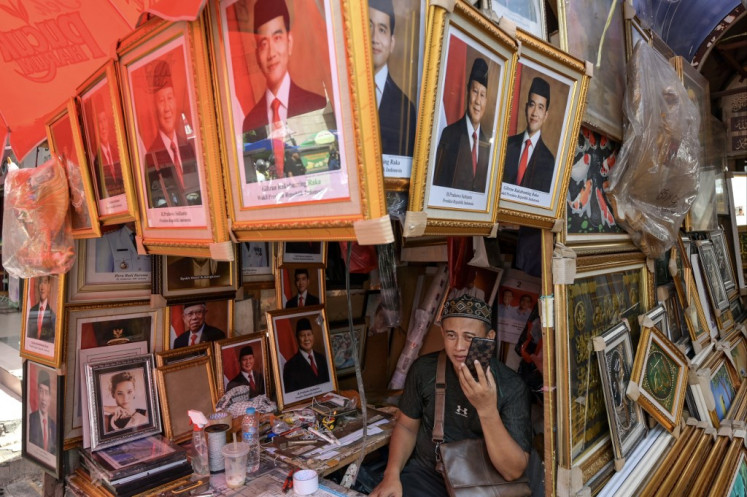Shining light of tourism
World Tourism Day was observed globally on Sept. 27 with a great sense of optimism.
Change Size
 Aiming to achieve the 17 million foreign tourists by 2018, the Tourism Ministry plans to attract backpackers or budget travelers with nomadic tourism. (Shutterstock/Rawpixel.com)
Aiming to achieve the 17 million foreign tourists by 2018, the Tourism Ministry plans to attract backpackers or budget travelers with nomadic tourism. (Shutterstock/Rawpixel.com)
W
orld Tourism Day was observed globally on Sept. 27 with a great sense of optimism, as governments increasingly come to understand the important role tourism can play as a contributor to socioeconomic development by creating jobs, driving exports, generating prosperity through its multiplier effect and promoting international understanding.
The Madrid-based United Nations World Tourism Organization (UNWTO) projects that international tourist arrivals will continue to grow within the next decade by 5 to 6 percent from 1.32 billion last year, with total spending expected to reach US$1.6 trillion as the middle class expands and people seek to spend more on gaining memorable experiences and not just on material items.
Southeast Asia welcomed 121 million tourists last year, with total spending reaching $130.7 billion. Indonesia, however, despite being the largest country in the region, endowed with a rich variety of natural beauty such as mountains and beaches, as well as ancient traditions, cultures and amazing historic structures like Borobudur temple near Yogyakarta, received only around 12 million tourists, who spent a total of $14 billion. Thailand, which has a population of only 70 million, welcomed 35 million tourists who spent $57 billion.
Why?
True Indonesia is rich in natural, cultural and historical attractions, but these resources are only one of the three key pillars of tourism. Indonesia is utterly lacking in the other two pillars, namely infrastructure — notably transportation — and public services. Borobudur temple is no less magnificent than Cambodia’s huge temple complex Angkor Wat, but the latter contributed $2.4 billion to that country’s economy in 2016, according to the UNWTO, mainly because of better infrastructure.
The government only recently realized the important value tourism has for creating jobs and earning foreign exchange, which is particularly important as the country is facing a current account deficit that has pressured the rupiah to drop as low as Rp 14,900 against the US dollar. The government has now realized that bureaucratic coordination and cooperation are keys to developing tourism, as this industry is influenced directly by many other sectors of the economy and public services.
Over the last few weeks, working conferences on tourism development have been attended by senior officials of government ministries and agencies directly or indirectly related to the multi-faceted industry, which covers transportation, immigration, health, lending, hospitality and financing.
Indeed, as an environment and culture-based industry, tourism is one of the best sectors Indonesia could develop because of its multiplier effects and the labor-intensive nature of its operations. Travel-related businesses such as hotels, restaurants, transportation, handicrafts and cultural shows are all labor intensive, the very kind of businesses needed to absorb the huge pool of job seekers.
More importantly, unlike the manufacturing sector that depends heavily on imported inputs and components, tourism requires very low imports, and is quite friendly to the environment and enhances international understanding.









